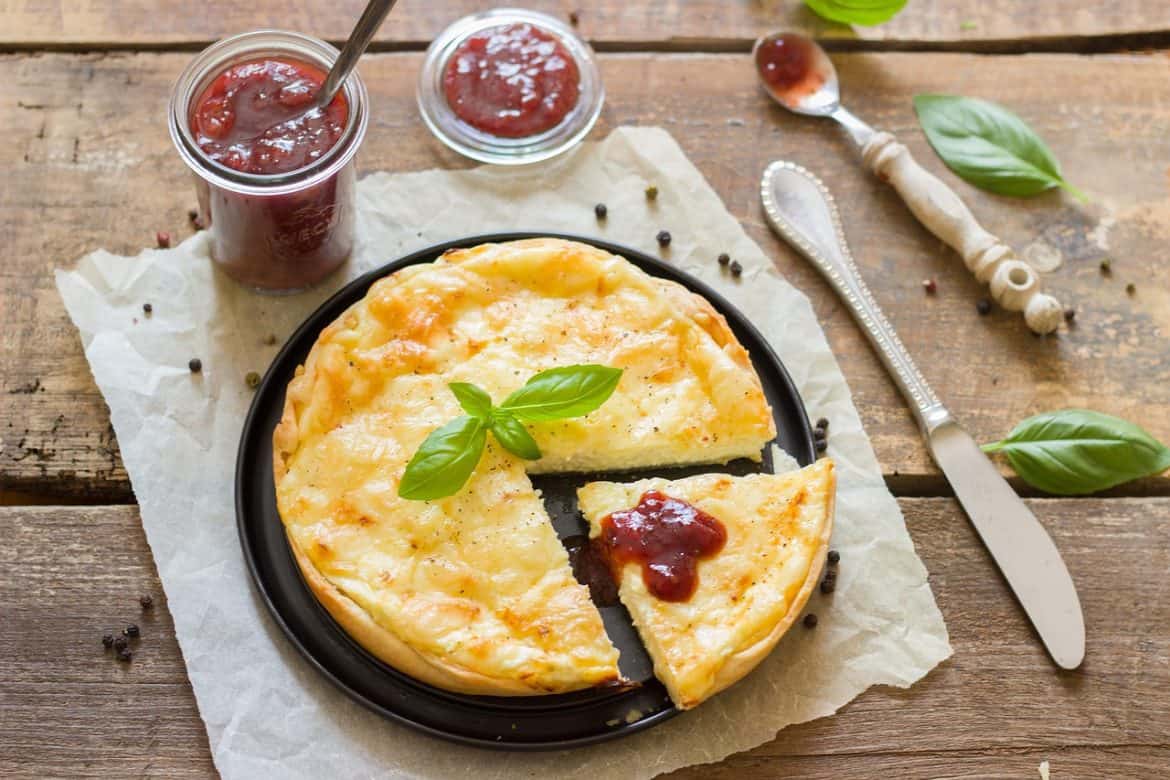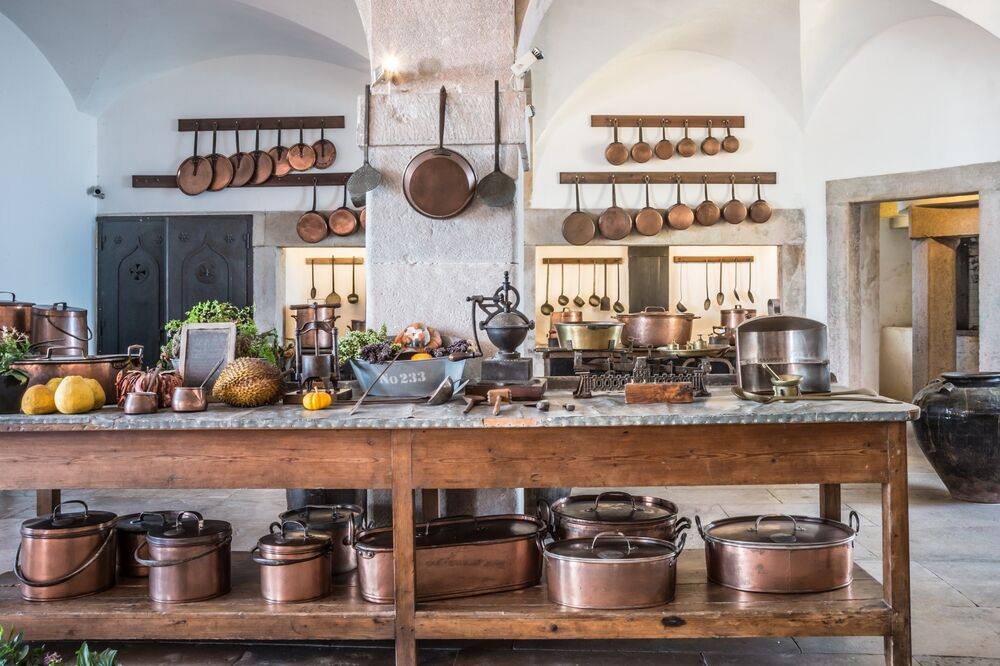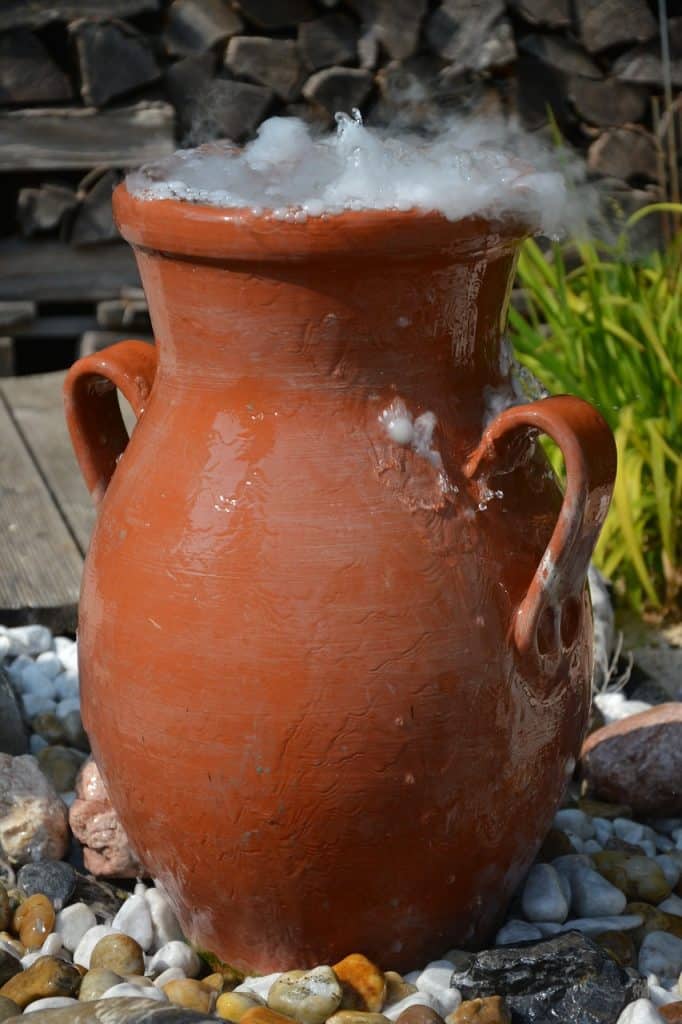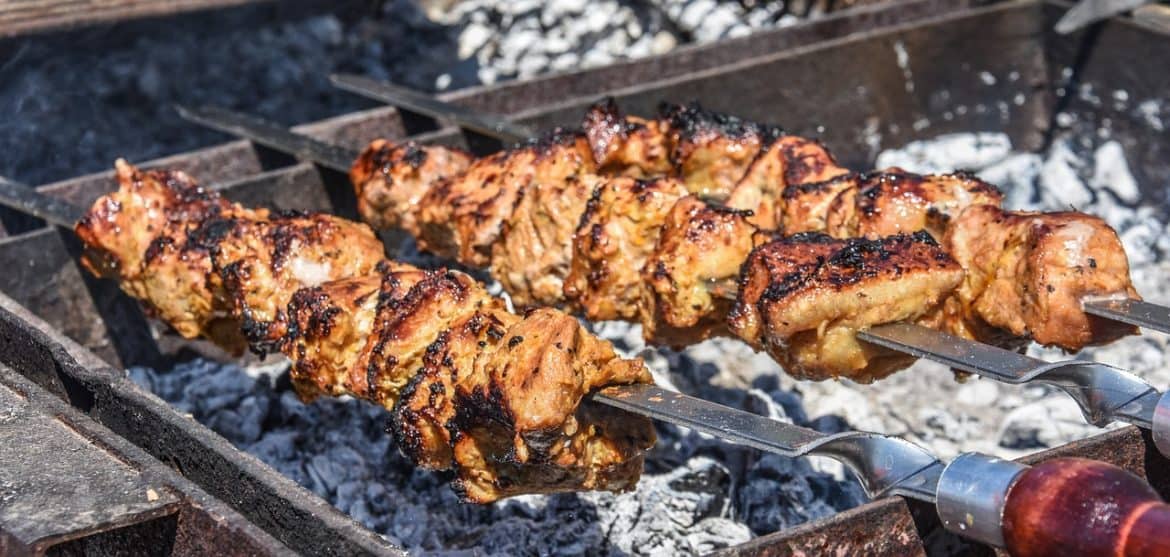Cooking in any sort of way has been my passion since the age of 9. My mother used to cook dinner on Fridays and Saturdays. Most of the time she complained how stressful it was for her to cook day-after-day after a hard day at work. A very-good neighbor shared to her the idea of […]
Category: Cooking & Food Storage
Various articles on food storage, food preparedness, cooking, and general kitchen stuff
Health Benefits Of Cooking In Copper Pots And Pans
In this era of fitness, eating nutritious and healthy food is the top most priority of everyone. Choosing the right kind of utensils is also very important for healthy cooking. This includes Cooking In Copper pots and pans as they have shown tremendous results for improvement in your health. Get the best copper pans for […]
How to Make a Mason Jar Vacuum Sealer | Brake Bleeder Vacuum Sealer
This isn't really new, nor is it my idea, but its something I learned from instructables.com. This is called an "Alvin" vacuum sealer, and what it does is allow you to use you vacuum food saver attachments to seal mason jars and without needing electric power. I like this alot, and I use it pretty regularly, as I hate getting out the food-saver, but I seal dried food in mason jars all the time.
Food Storage: How to Store Food With Dry Ice
Knowing how to store food with dry ice is an alternative to method to help preserve your food storage. This method to use dry ice to store food is slightly more complicated than using Oxygen absorbers, but it is cheaper. Additionally, depending on your location, this method is easier to do. This is because most […]
Outdoor Food Safety
Summertime food may be dangerous! Bacteria like picnics as much as we do, and summer heat will quickly raise the temperature of refrigerated food into the 40s and above – where bacteria grow like, well, bacteria. Outdoor food safety is a must if you don’t want to end your picnic with repeated trips to the […]





